
Consumer Markets
KPMG Corporate Finance LLC’s investment bankers have extensive Consumer Markets transaction and industry experience, which enables them to understand the industry- specific issues and challenges facing our clients.
The new economy has transformed the traditional consumer markets business landscape. Increasing global competition, rising customer expectations, brand loyalty attrition, and pressures to increase shareholder value are impacting the consumer markets industry. We have an experienced team of professionals that are well versed in these new paradigms and possess a broad range of transactional experience to address many of today's complex issues.
The consumer markets team serves the following markets:
- Agriculture and commodities
- Apparel and textiles
- Consumer products
- Food and beverage
- Paper and packaging
- Restaurants
- Retail
- Supermarkets and grocery
Recent transactions
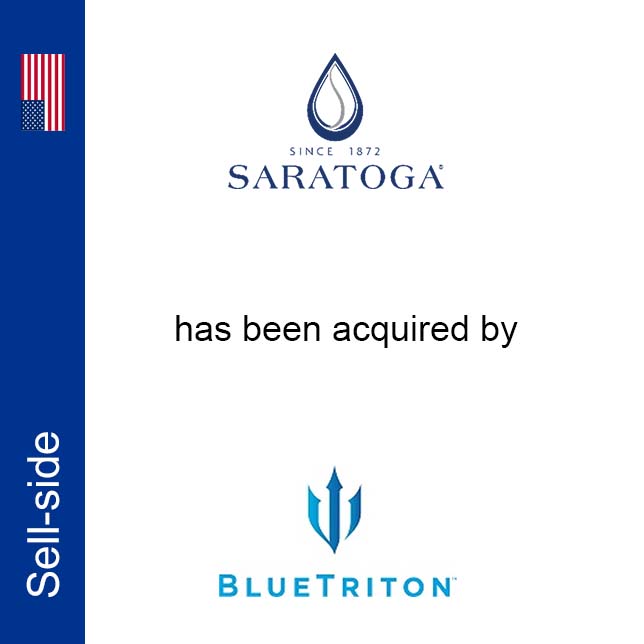
Saratoga Spring Water Company
KPMG Corporate Finance LLC acted as exclusive financial advisor to Saratgoa Spring Water Company
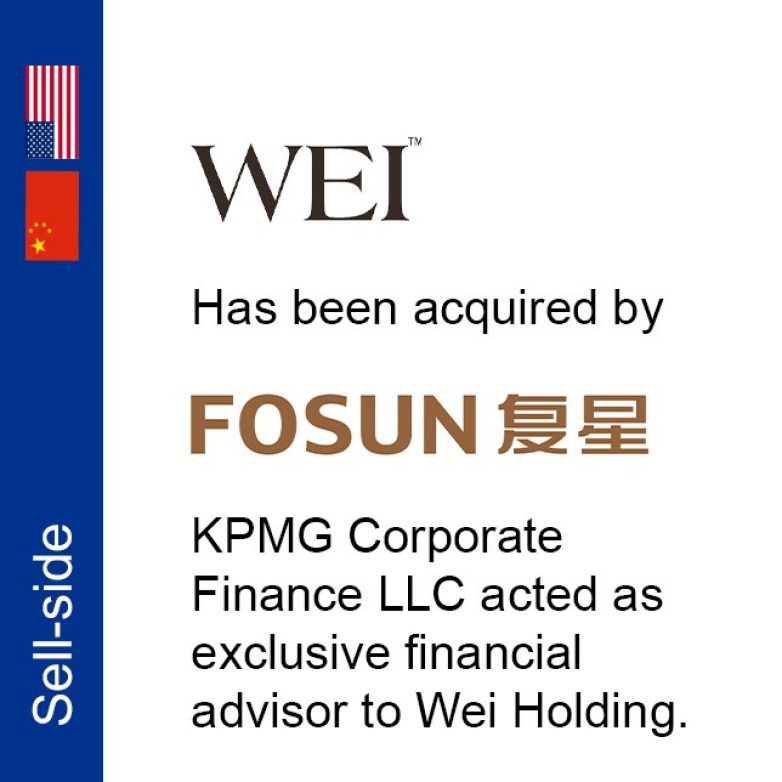
Wei Holding
KPMG Corporate Finance LLC advised Wei holdings, Inc.
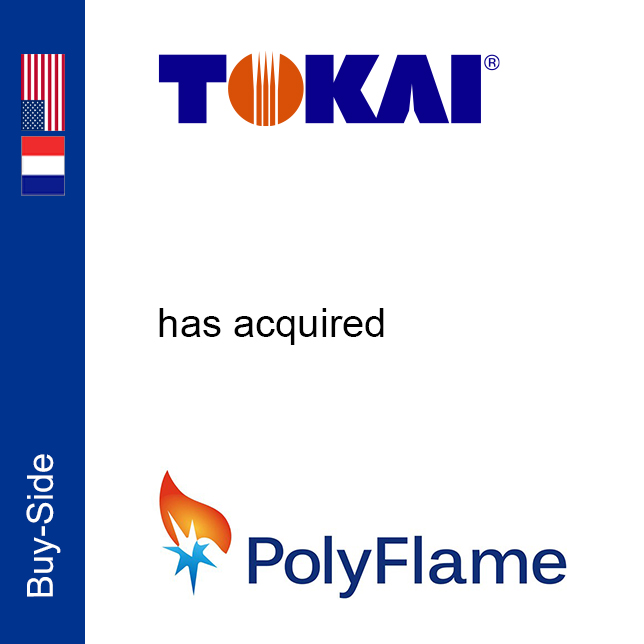
Tokai
KPMG Corporate Finance LLC acted as the exclusive financial advisor to Tokai International Holdings, Inc.
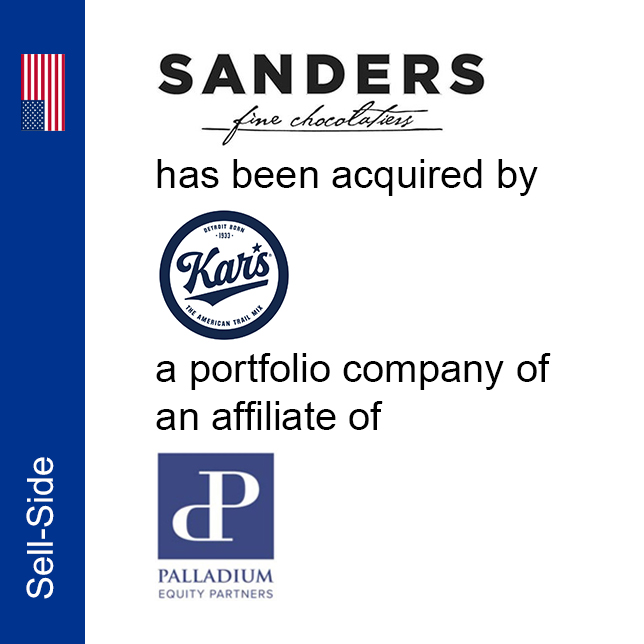
Sanders
KPMG Corporate Finance LLC acted as the exclusive financial advisor to Sanders Fine Chocolatiers.
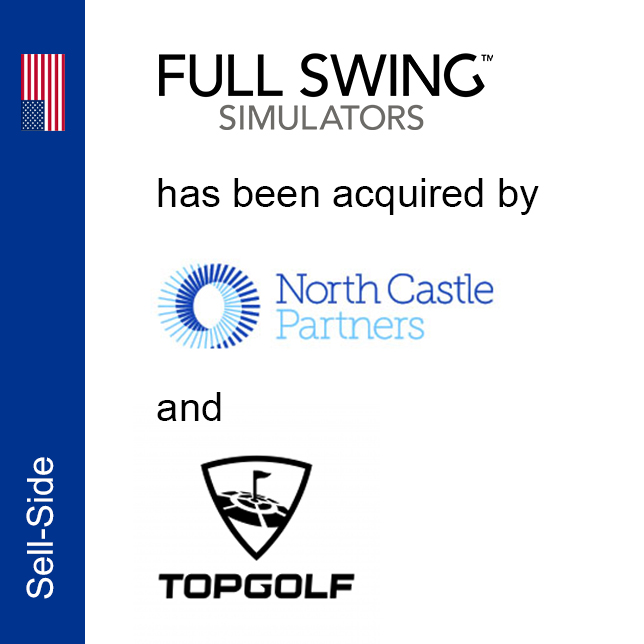
Full Swing Golf
KPMG Corporate Finance LLC acted as the exclusive financial advisor to Full Swing Golf, Inc.
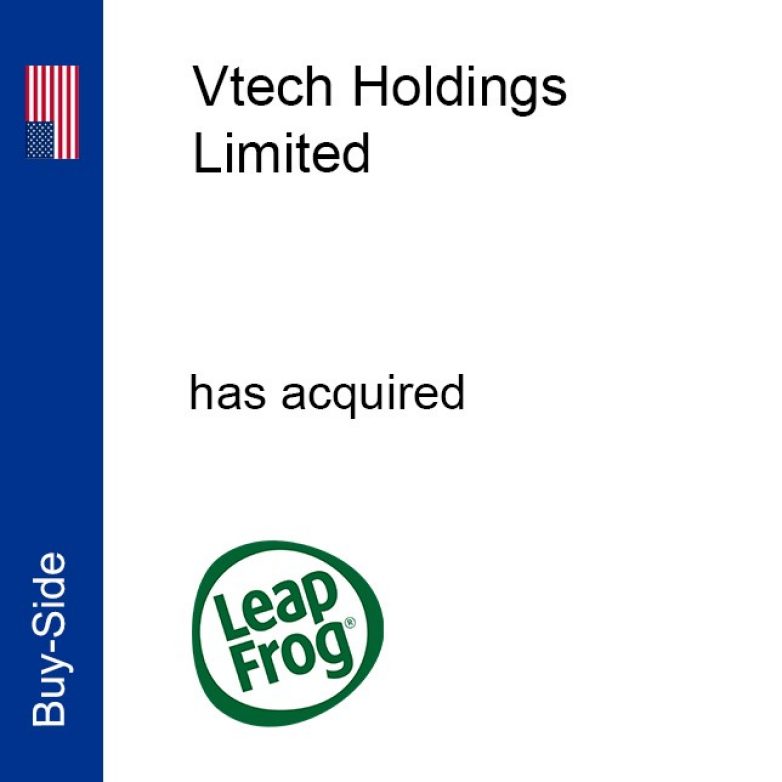
VTech Holdings Limited
KPMG Corporate Finance LLC acted as the exclusive financial advisor to VTech Holdings Limited.
Meet our team
In today’s market, you need an advisor with objective insight at every step of the transaction process. We work with you throughout the full deal cycle to create value and successfully execute your deal strategy.


